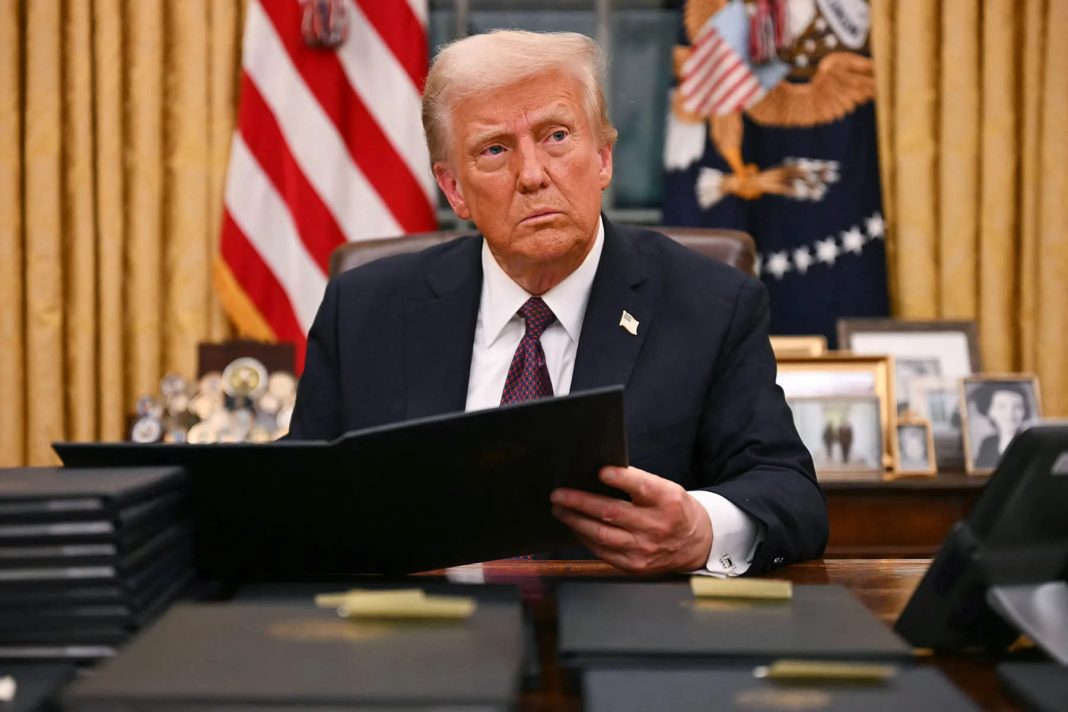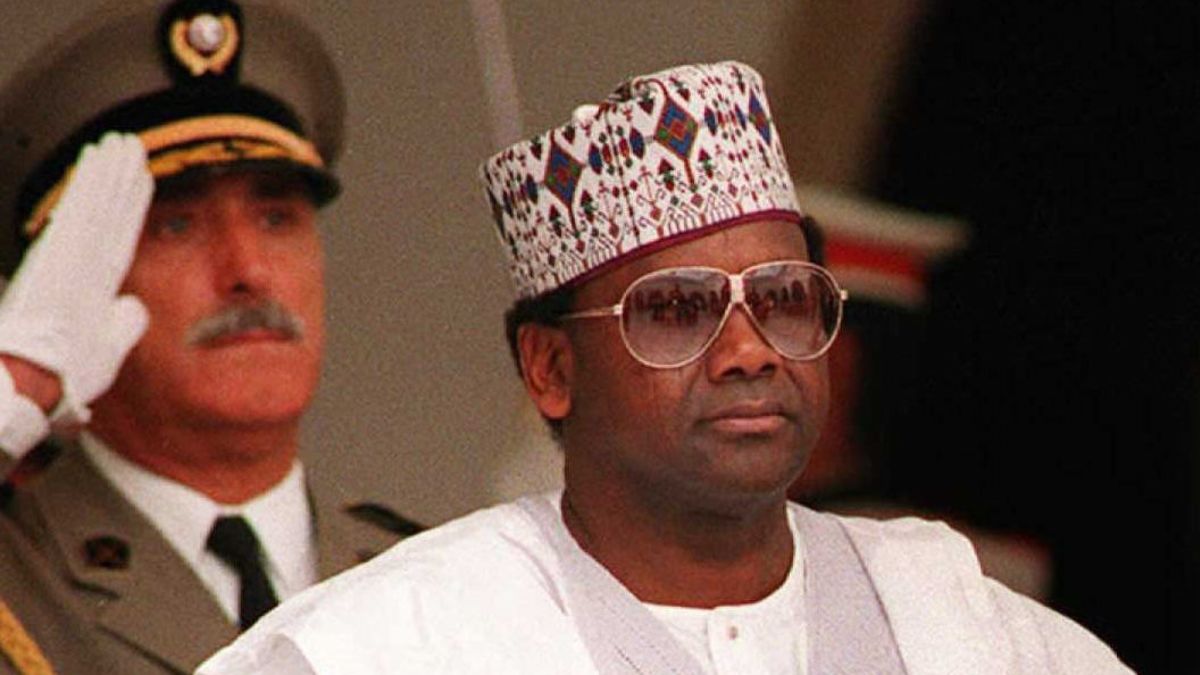WASHINGTON, USA — President Donald Trump said on Monday, August 4, 2025, that his administration will “substantially” raise tariffs on Indian imports in response to what he described as India’s “massive” purchases of Russian oil and its alleged resale for profit on global markets.
“India is not only buying massive amounts of Russian Oil, they are then, for much of the Oil purchased, selling it on the Open Market for big profits,” Mr. Trump posted on Truth Social, his social media platform.
“Because of this, I will be substantially raising the Tariff paid by India to the USA.”
The statement follows a similar threat issued last week in which Mr. Trump proposed a minimum 25 percent tariff on Indian goods, up from the current minimum of 10 percent, set to take effect by the end of the week unless New Delhi changes course.
India responded firmly to the tariff threat, saying it was being singled out unfairly by the United States and the European Union for its continued trade ties with Russia.
The Indian Ministry of External Affairs defended its oil purchases, citing shifting global energy dynamics caused by the war in Ukraine.
“India’s imports are meant to ensure predictable and affordable energy costs to the Indian consumer. They are a necessity compelled by (the) global market situation,” said Randhir Jaiswal, spokesperson for the ministry, in a post on social media.
Mr. Jaiswal added that both the U.S. and the EU continue to “indulge in trade with Russia,” and asserted that “the targeting of India is unjustified and unreasonable.”
“Like any major economy, India will take all necessary measures to safeguard its national interests and economic security,” the statement said.
India has emerged as one of the largest buyers of Russian crude since the onset of the Ukraine war in February 2022, taking advantage of discounted prices as Western sanctions reshaped global energy flows.
Indian refiners have reportedly increased exports of refined petroleum products, prompting accusations that the country is indirectly enabling Russian oil to reach global markets despite sanctions.
Economists note that tariffs are typically paid by importers — often passed on to U.S. businesses and consumers in the form of higher prices — but exporters can suffer reduced demand as foreign buyers look elsewhere.
Mr. Trump did not specify which categories of Indian goods could face the increased levies.
In previous trade rows, items such as textiles, pharmaceuticals, steel, and auto parts have been at the centre of U.S.–India tariff disputes.
The move threatens to strain relations between Washington and New Delhi, two allies who have grown closer in recent years, particularly on matters of defence and countering China’s regional influence.
Analysts say the escalating rhetoric from the Trump administration may be aimed at putting pressure on Russian President Vladimir Putin to end the war in Ukraine.
In the same post, Mr. Trump shortened his timeline for a ceasefire, calling on Russia to reach a peace agreement “within days.”
Trump’s critics have accused him of erratic foreign policy stances, while supporters argue that his unpredictability and economic leverage bring adversaries to the negotiating table.







